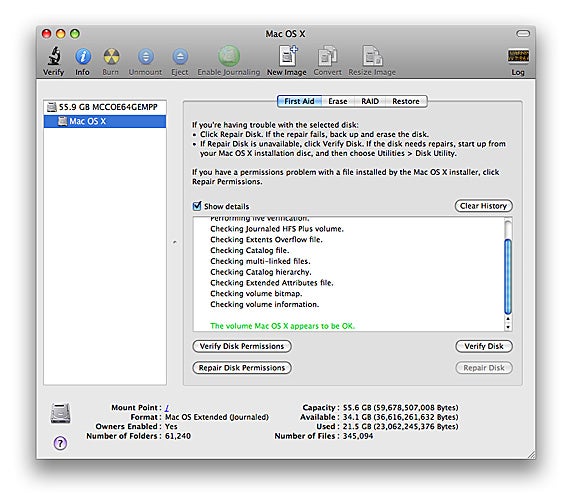

To install the original factory version when the computer was new use Command-Option-Shift-R. To install the version of OS X that was currently installed use Command-Option-R.Ģ. Select Reinstall OS X and click on the Continue button.ġ.Quit Disk Utility and return to the Utility Menu.Click on the Apply button, then click on the Done button when it activates.
#How to start disk utility on mac at startup mac os

Internet/Network Recovery of El Capitan or Later on a Clean Disk For the former, you need to replace the drive. I am unable to select this disk as the startup disk.Įither the disk has died or must be reformatted. In this case, the HDD shows up in Disk Utility and I can even access it through the Terminal. This was however a clear Hardware issue as the HDD never showed up. In the past I have had issues where the SATA cable was slightly broken, causing the HDD to not be detected. Tried to install an older version (Lion) that the MBP came with, same issue.Tried to wipe the entire HDD and reinstall OS X, same issue.Tried to reinstall OS X but the same issue persists.Initially there was an error, which I could repair and it would pop up again.Tried to boot in Recovery mode and verify/repair disk.Hardware diagnostic (both regular and extended tests came out OK).Tried to boot in safe mode (does not work).After doing some research on what could be the problem and possible solutions, I am clueless. Recently my partner's MacBook Pro 13"(mid 2012) froze and after forcing the reboot, it displayed the circle with line through, the Apple logo and then the folder with question mark.


 0 kommentar(er)
0 kommentar(er)
